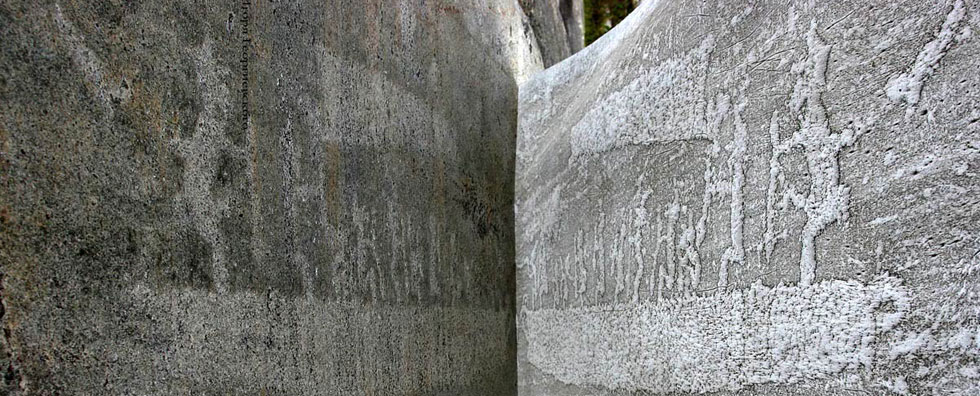
Issue №4, Vol. 20
Trushevsky P., Kunitskaya O., Dolzhikov I., Makuev V., Revyako S., Grigoreva O. Analysis of technical and technological solutions for clearing cutting areas from felling residues // Resources and Technology. 2023. №4, Vol. 20. P. 89‒138.
DOI: 10.15393/j2.art.2023.7283
Analysis of technical and technological solutions for clearing cutting areas from felling residues
| Trushevsky Pavel | Siberian Biougol LLC, pavel.trushevskii@mail.ru |
| Kunitskaya Olga | Arctic State Agrotechnological University, ola.ola07@mail.ru |
| Dolzhikov Ilya | St. Petersburg State University of Architecture and Civil Engineering, idolzhikov222@mail.ru |
| Makuev Valentin | , Bauman Moscow State Technical University (Mytishchi Branch), makuev@mgul.ac.ru |
| Revyako Sergey | Novocherkassk Engineering and Land Reclamation Institute, Don State Agrarian University, revyako77@mail.ru |
| Grigoreva Olga | St. Petersburg State Forest Engineering University named after S. M. Kirov, grigoreva_o@list.ru |
|
Key words: clearing of the cutting area felling residues lean production logging production biofuels from felling residues |
Summary: Clearing of cutting areas from felling residues is an important and necessary final logging operation. However, this work is considered unnecessarily costly by loggers and quite often is performed poorly, especially if the loggers are not engaged in future reforestation. No less often, forest officers pay special attention to the quality of this operation, and as a result fines to loggers for poor-quality clearing of cutting areas are common enough occurrence in a number of regions. This is due not only to the poor organization or quality of work on this operation, but also to the different interpretation of regulatory documentation requirements by foresters and forestry management. This review article justifies the possibility of “lean production” concept application to logging sites clearing operation that includes all stages of logging production: logging operations, forest transport, timber storage, and reforestation. Prospects for further effective use of felling residues, for example, as biofuel, are noted. The authors consider tasks and methods of felling residues collection and accumulation depending on the timber harvesting machines and operations, and machines and technologies for collecting felling residues. |
Displays: 675; Downloads: 324;




